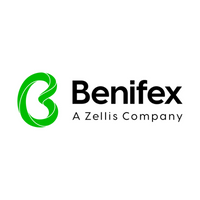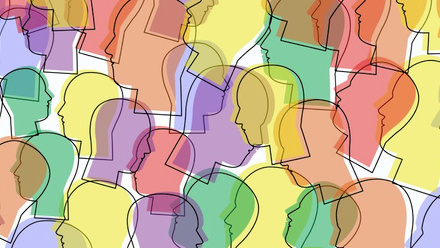4 steps to creating a global brand that boosts benefits engagement
In the world of work, where there are so many things competing for employees’ attention, it’s never been more important that employer communications are easy to understand, engaging and effective.
In a global organisation, it’s not possible to personally connect with every individual in every country, so it’s even more important that your communications do.
Your global benefits brand is a core part of how you reach people with important messages, how you share your personality and make everyone feel like they are a part of the business.
Creating a compelling reward brand for one employee base is challenging enough, even before we factor in different nationalities, languages, and expectations. But if you’re operating in more than one country and want to achieve meaningful, successful campaigns, you need a truly global approach.
A global brand is not just immediately recognisable, it also factors in local nuances on an individual and company basis. This will create cohesion across borders and inspire higher engagement with the content.
4 considerations when creating a global benefits brand.
1. Create a visual identity with impact
A visual identity that pulls together all corners of your employee base can help achieve a global framework, in which cultural and country variations can be catered for. Plus, an established and engaging brand – whether specifically for your reward and benefits scheme, or a more general workplace brand – is an essential differentiator, helping to support recruitment and retention.
A less tangible but equally important element is how your brand helps make a close connection with employees. This is especially important given that many people today work remotely. Even for organisations with employees physically working together, a global brand helps you to talk to everyone equally and align your values, and your messaging, across your whole workforce.
When creating a global brand, gather feedback from stakeholders worldwide. Being specific in the input you’re looking for is crucial to ensuring that you don’t end up designing by committee, but instead create a visual identity that connects with all employees.
2. Ensure your brand feels consistent
While your communications themselves may differ from country to country, your brand shouldn’t. But this can be tricky when juggling local considerations. Depending on the size of your organisation, you may have different owners across your territories, so there needs to be clear use guidelines – especially in those countries where the team managing communications may have a smaller function and perhaps aren’t as brand or design aware.
Be clear on the brand elements that remain consistent across the globe, and those that can be adapted for local regions. For instance, your primary colours and graphical assets are consistent, but your imagery is flexible to ensure it represents the employees you are communicating with. There may be somw territories that require a more dramatic step away from your brand and feedback from your regional stakeholders will be vital.
3. Prioritise tone and language
Nothing will undermine a campaign more than messaging which misses the mark due to a mistranslation. Each employee deserves the same exceptional experience, whether you’re a primarily UK- based organisation with a handful of remote international employees, or a multinational corporation with offices on every continent. And that means the globalisation of your communications must be impeccable.
4. Don’t forget images and colours
To maintain consistency, include an image bank within your brand library with variations for regional personalisation. People-focused photography resonates well and makes your offering feel personal, but these images must be as diverse as your employee base.
It’s not enough to ensure your translations ring true and are accompanied by appropriate imagery; details such as local colour-sensitivities, symbols and the accuracy of stylistic elements are important. And don’t forget the layout of your communications, including placement of banners, content, icons, CTAs etc.), as it serves as a visual interface between you and your employees.
It’s common for colours to have differing meanings in different cultures. For example, it’s quite widely known that red is considered a lucky colour in China, but that in a lot of other regions, it denotes danger. Purple is often associated with royalty in European countries, but in North America it frequently signifies mourning. Blue, however, is considered the most neutral colour and the most positive across multiple countries. A further consideration is colour combinations and any connotations these may have locally.
Use your brand to drive benefits success
Our new guidebook is your toolkit for all things global reward communications – from key branding considerations through to deciding on a channel of communication and sending the first email in your campaign. Get your copy here.
Supplied by REBA Associate Member, Benifex
The home of award-winning employee benefits, reward, recognition, & communications.








